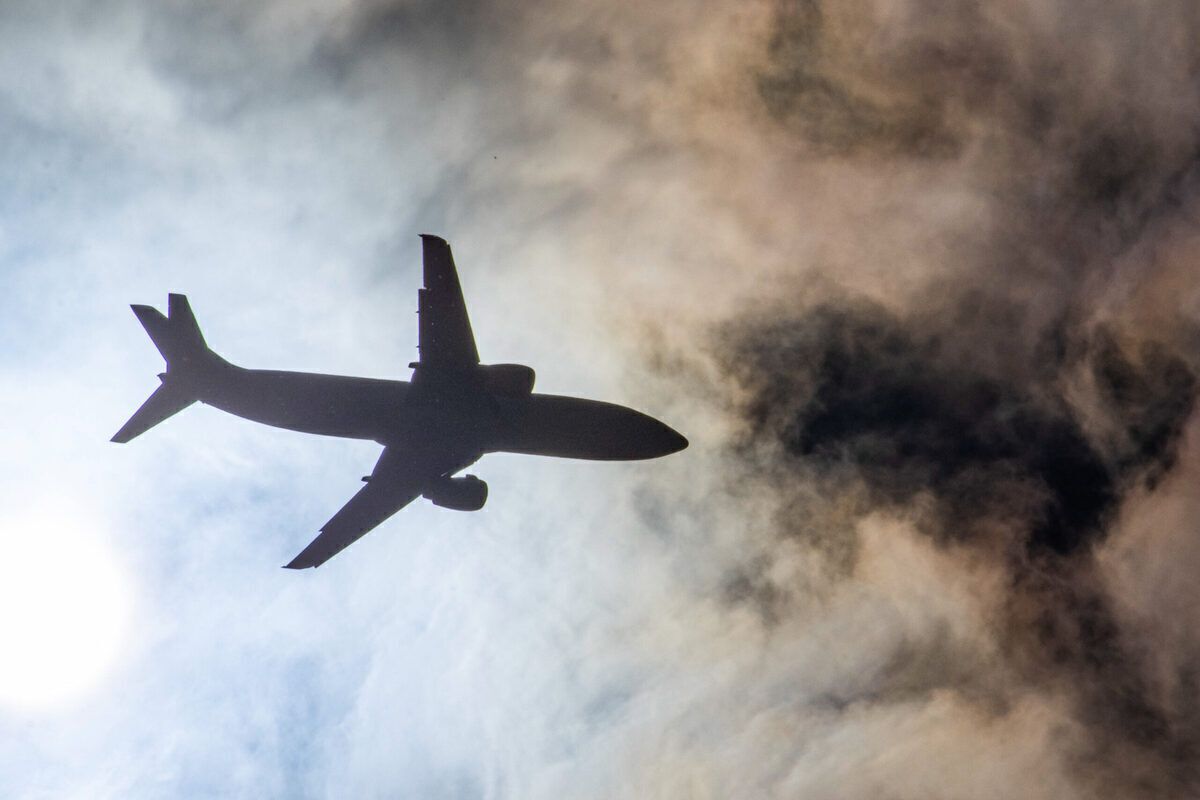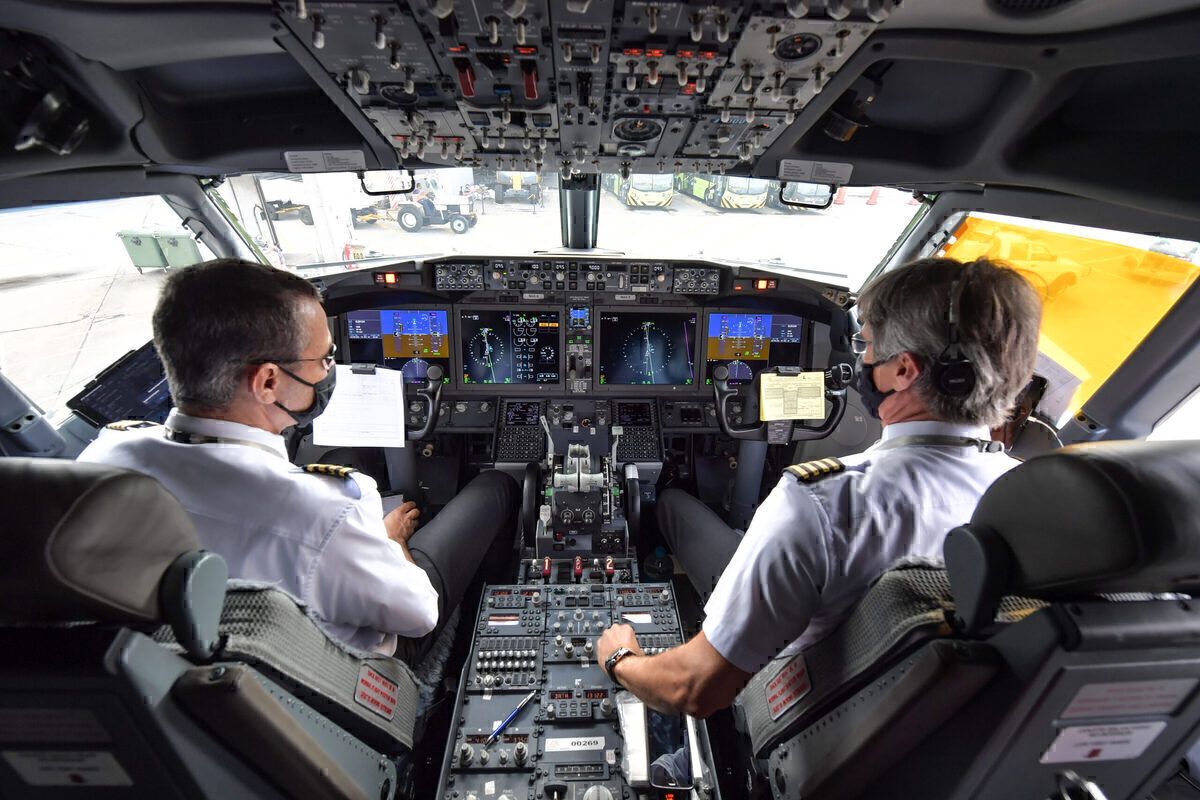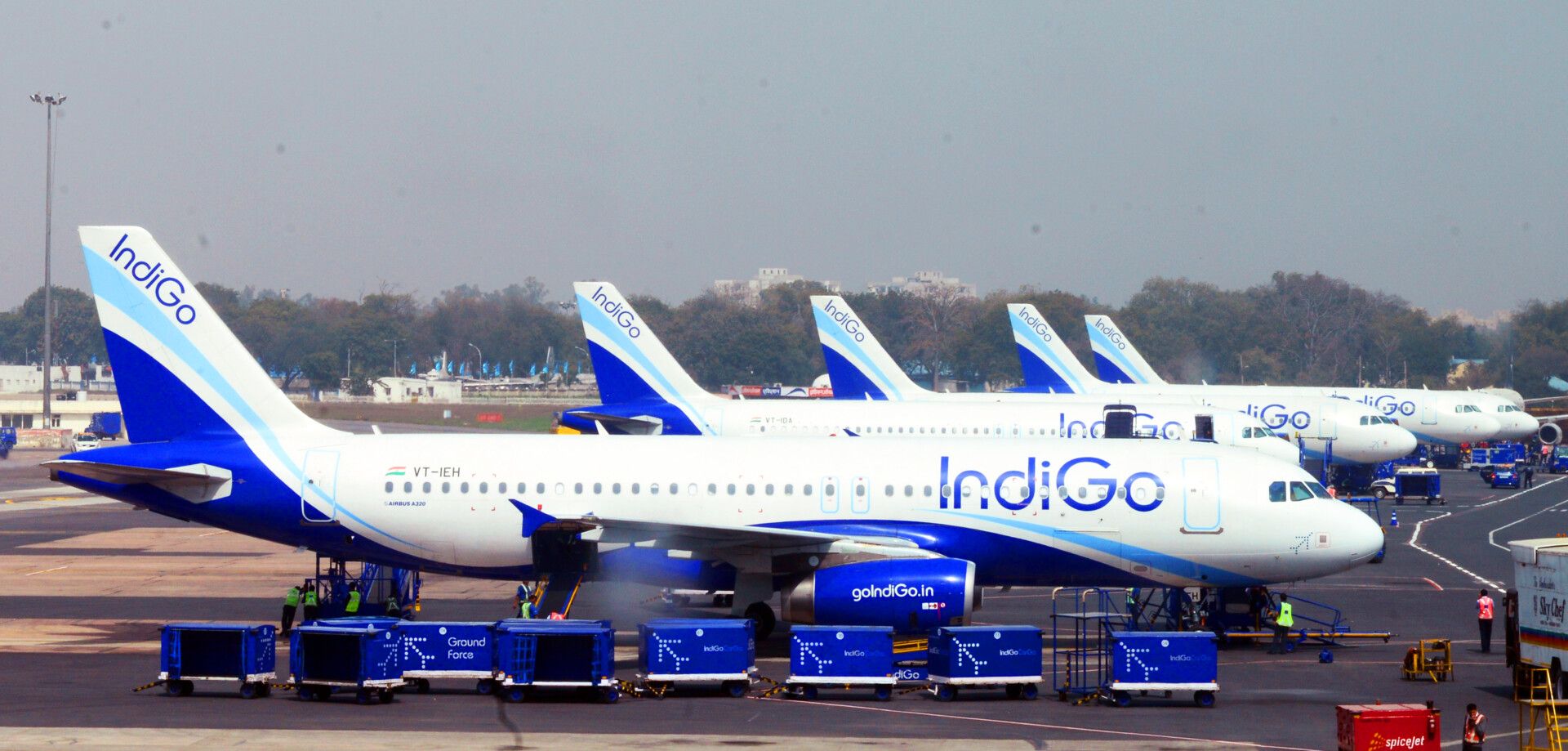On Saturday, the governor of Haryana, Bandaru Dattatreya, underscored the need to ramp up pilot training infrastructure as the Indian aviation industry is set to see exponential growth over the coming years. The Honorable governor made these remarks at a meeting with Air Marshal Manavendra Singh, commanding officer for the Indian Air Force’s Training Command.
Air Marshal Manavendra Singh is a highly decorated officer with nearly 40 years of service under his belt. He has clocked in over 6,600 hours of instructional experience on various aircraft. Air Marshal Singh made a courtesy visit to the governor on Saturday during his visit to Haryana.
According to The Print, Governor Dattatreya said,
“Haryana has a huge potential to emerge as a hub of professional pilot training in the country. Hisar is being developed as an integrated aviation hub. Possibilities should also be explored to develop state-of-the-art pilot training facilities in public, private partnership mode as well.”
Pilot training facilities
Let’s face it, pilot training infrastructure is incredibly expensive, and for the governor’s statements to be realized, the government will have to make massive investments and attract capable private players. Thankfully, Haryana already boasts a strong network of international & domestic airports along with airstrips. The government has also announced plans to open new airports and revamp existing facilities.
At the meeting, Air Marshal Singh said the new training facilities would be helpful not only for the civil aviation industry but also for the IAF. Much like civil aviation in India, the IAF is also set to significantly expand operations, prompting a need for more pilots. It has more than 100 fighters and transport aircraft on order at the moment.
Aviation in India
There is no doubt that the Indian aviation industry is one of the fastest-growing in the world. It is also largely untapped with massive potential and enormous growth opportunities. Provided the pandemic doesn’t cause any more damage, 2022 could see record-breaking numbers for the Indian aviation sector as several airlines wrestle with each other for market share.
As it stands, IndiGo is the country’s largest airline with approximately 57% market share. Those figures probably won’t hold for long as several competitors are gunning for the top spot. With Air India now back under the Tata Group umbrella, it will be interesting to see how the conglomerate consolidates its place in the industry. Let’s not forget about the upcoming low-cost carrier Akasa Air, a direct competitor to IndiGo.
The concept of a low-cost airline is perfect for the Indian market, where a large percentage of the population finds air travel out of their means. As the number of such airlines in the country increases, public opinion is poised to change. The addition of Akasa Air and other low-cost airlines will increase competition in the segment and provide travelers with more options.
Where do you think the Indian aviation industry is headed? Please, let us know your thoughts in the comments.



